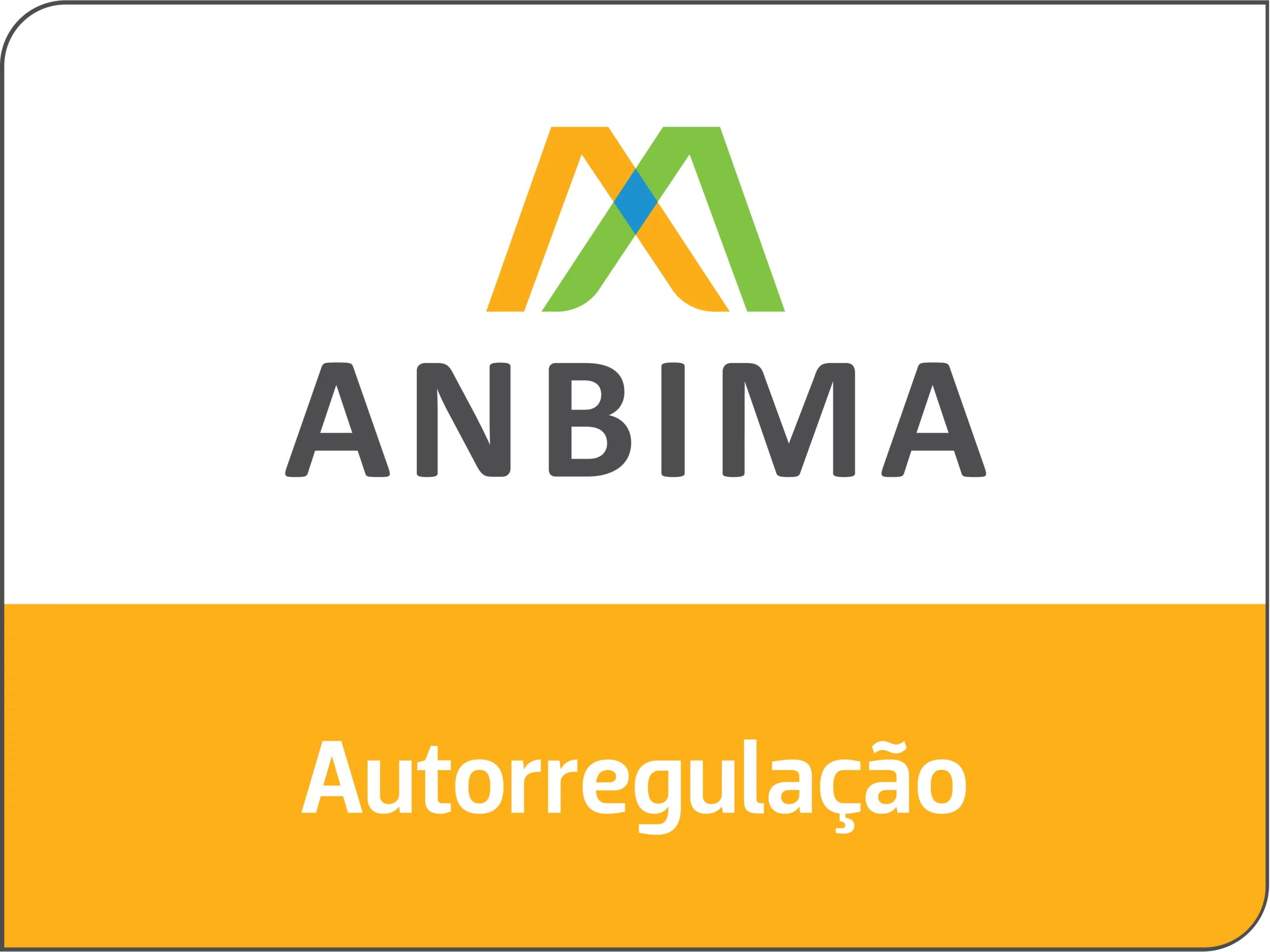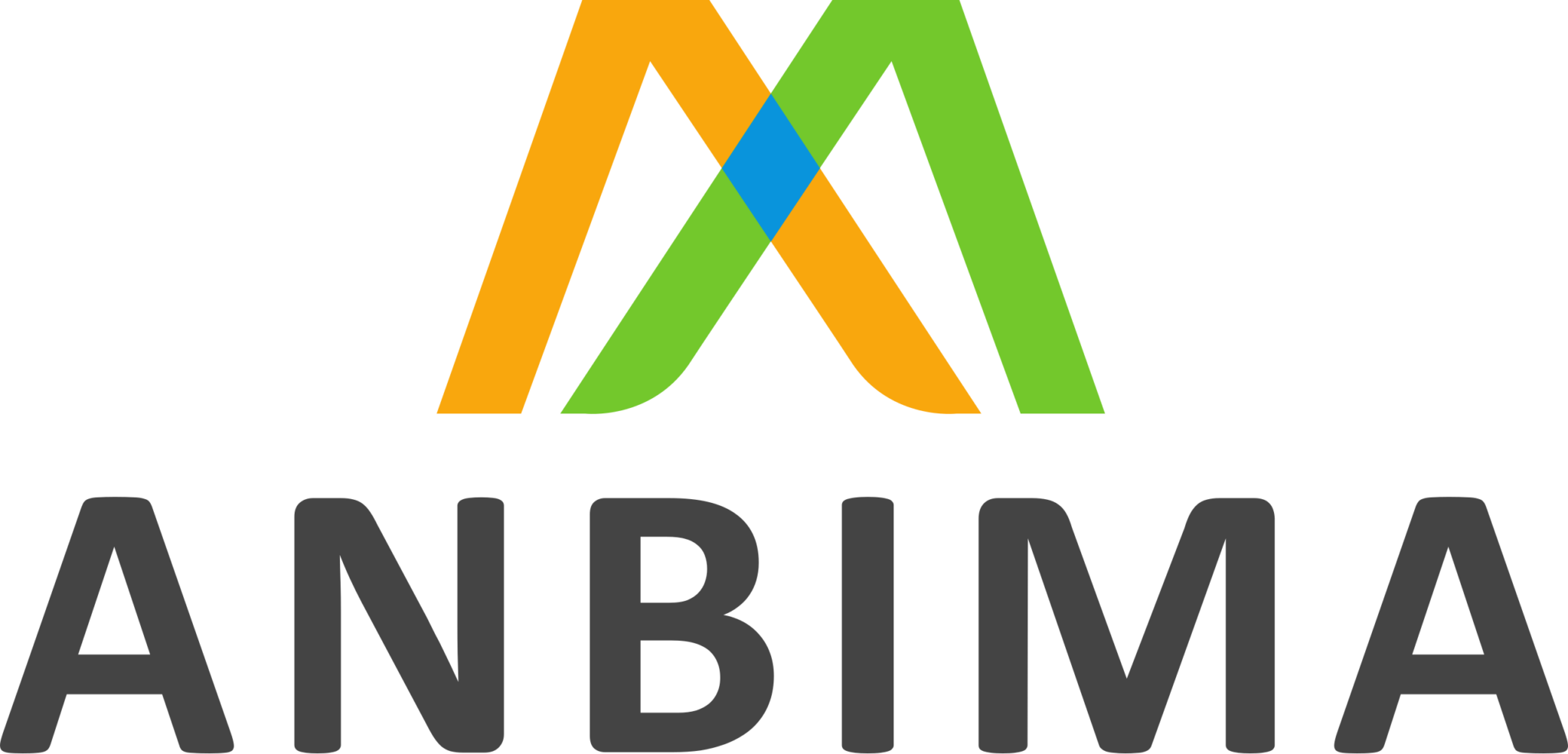FIDC stands for “Receivables Investment Fund” (Fundo de Investimento em Direitos Creditórios in Portuguese). It is a type of investment that involves the securitization of receivables. Here’s how it works: a company that holds receivables transfers these rights to receive payments to the FIDC. In summary, when an investor invests in a FIDC, they are advancing the payments that the company expects to receive. In return, the investor gets their money back with interest, meaning they make a profit.
Receivables, in this context, include checks, credit card installments, rental payments, invoices, and other credits that companies have the right to receive from clients. This is one of the main differences between a FIDC and other types of private credit: the credits backing the operation are debts converted into securities and transferred to third parties through securitization.
Are there many FIDCs?
The FIDC industry (Receivables Investment Funds) continues to grow, with the launch of 476 new funds in the first quarter of 2024 compared to the same period last year. In total, there were 2,483 funds in operation at the end of the first three months of this year, with a total portfolio value of R$ 504 billion, a record figure representing a 29% growth compared to the same quarter in 2023.
FIDCs are one of the fastest-growing types of funds in Brazil, while other categories have seen a reduction in assets or quantity. Thanks to CVM Instruction 175, it is now possible to launch FIDC funds for retail investors, making this product increasingly sought after.
What types of companies can establish a FIDC?
The FIDC (Receivables Investment Fund) is the main product of Okean Invest, specifically the proprietary FIDC. It is one of the fastest-growing types of funds in the national financial market due to its great versatility and benefits, and it can be used by various sectors of the economy, such as:
- Agribusiness
- Industry
- Commerce
- Civil construction and real estate development
- Financial sector
- Factoring and securitization companies
- Public sector
- Non-profit organizations
- Import/Export
What types of receivables can a FIDC purchase for its portfolio?
A receivables fund can be used to raise funds for any credit operations: working capital, financing for the acquisition of products or equipment, consumer credit, project finance, supplier credit, sales advances with credit cards, and many other operations aimed at advancing resources, that is, providing credit backed by a portfolio of receivables (whether performed or to be performed).
A FIDC can acquire all types of receivables represented by any credit instruments or documents and operations carried out in all sectors, for example:
- Commercial receivables (invoices)
- Receivables from credit card sales
- Commercial notes (NC)
- Personal credit (CCB, loan agreements)
- Real estate credit (CCB, CCI, contracts)
- Real estate securities (CCI, CRI, LCI, LFI)
- Public purchases (Bids)
- Agribusiness receivables (CPR, CDA, WA, CDCA, LCA, CRA)
- Payroll loans: public and private / salary advances
- Any type of contracts
- Medical receivables: from medical plans, insurance
- Corporate credit
- Public service provision
- Educational receivables
- Taxes (active debt)
- Court-ordered debts
- Carbon credits
- Receivables backed by lawsuits
- NPL (distressed assets)
- Project finance
- Debentures
- All bank or financial instruments (CDB, LC, etc.)
- Rentals
- Cooperatives of any sector
- Condominiums
- Vehicle, product, equipment, or real estate financing
What are the types of quotas?
In FIDC investments, there are various classes of quotas, which may or may not have subclasses, each with its own level of risk: Senior, Mezzanine, and Junior classes.
- Senior Quotas: These have priority in receiving payments from debtors over other quotas. They are considered the safest and, therefore, have lower returns.
- Mezzanine Quotas: These are hybrid quotas that combine characteristics of senior and subordinated quotas. They have an intermediate level of priority in receiving payments, and consequently, an intermediate level of returns and risk.
- Junior Subordinated Quotas: These have the lowest priority in receiving payments and, therefore, carry the most risk. However, they offer higher returns than senior quotas.
FIDC Taxation







